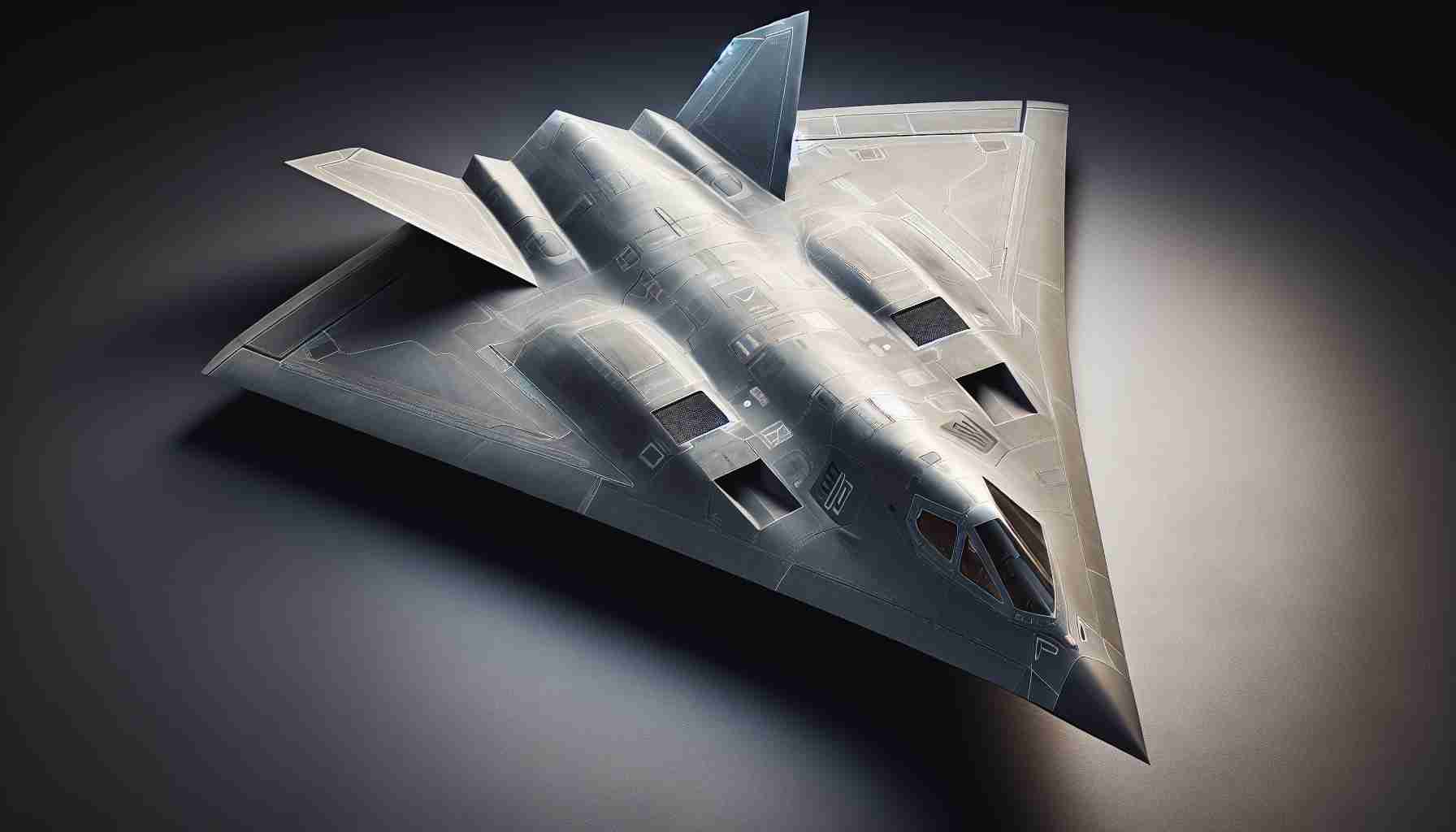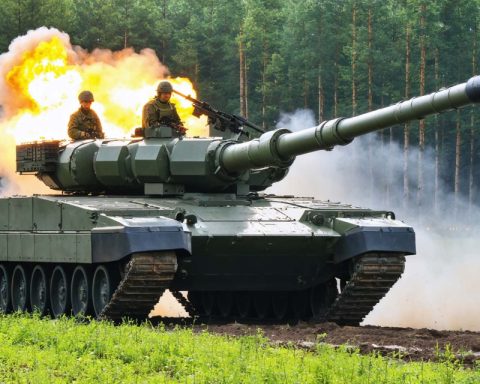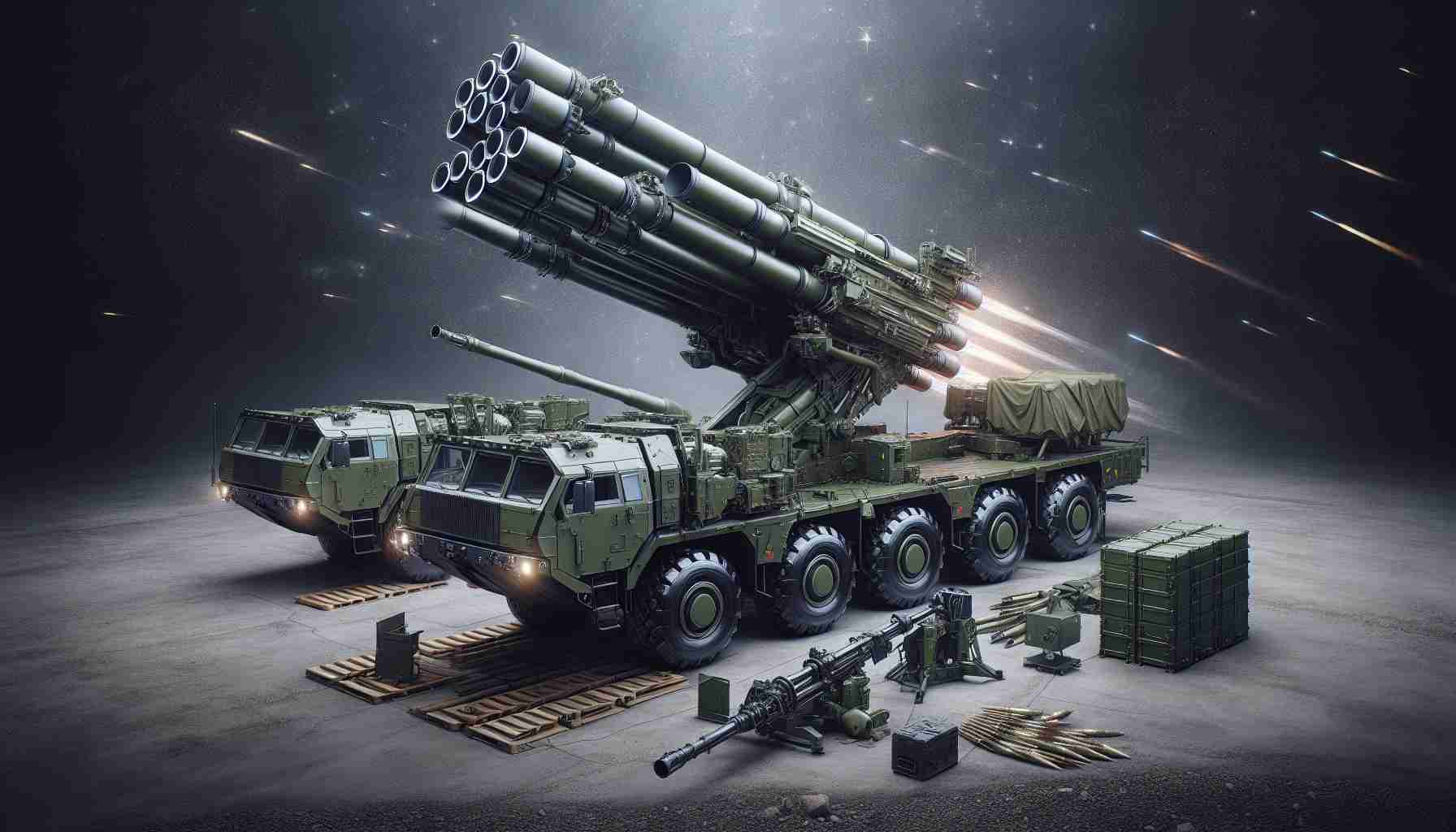Beijing Unveils the J-35A Stealth Fighter at Zhuhai Air Show
China has taken a bold step in aerial innovation with the grand reveal of its J-35A stealth fighter jet during the recent Zhuhai Air Show. This introduction marks China as the second nation, following the United States, to operate two distinct fifth-generation stealth fighter models, with the J-35A joining the already operational J-20.
A Powerful Ally for the PLAAF
Designed to serve as a “point guard” for the People’s Liberation Army Air Force (PLAAF), the J-35A is engineered for a variety of complex missions. While it shares design traits with the American F-35, its performance may not reach the same level as its counterpart. The J-35A promises to excel in roles such as air superiority, intercepts, and defensive operations against enemy strikes. Its capacity to coordinate with the Chengdu J-20 could give China a strategic edge in aerial combat.
Advanced Features to Watch
With the potential to carry six air-to-air missiles, the J-35A is equipped to enhance China’s air superiority objectives. Its development may also feature the new WS-19 engine, offering up to ten percent more power than previous iterations. Furthermore, the jet is expected to operate from the Type 003 Fujian aircraft carrier, equipped with China’s new electromagnetic Aircraft Launch System (EMALS), paralleling the technology used on U.S. Navy carriers.
As experts and enthusiasts alike admire its sleek design at the air show, the J-35A represents a significant chapter in China’s aviation strategy, poised to redefine its air force capabilities on a global scale.
Unmasking the J-35A: A New Chapter in Stealth Technology and Global Dynamics
The emergence of China’s J-35A stealth fighter jet, unveiled at the Zhuhai Air Show, signals a pivotal moment in global military aviation. As China stakes its claim as the second country—after the United States—to develop and operate two fifth-generation stealth fighter models, the J-35A joins the ranks of technological marvels engineered for advanced aerial defence.
Beyond Aesthetic: Implications for Aerospace Technology
The introduction of the J-35A goes beyond mere addition to a nation’s military prowess; it opens intriguing avenues for technological progression and potential shifts in global air power dynamics. Although it shares visual similarities with the American F-35, the J-35A embodies unique technological advancements that spark broader discussions around intellectual property and design innovation in aerospace engineering.
J-35A’s Technological and Cultural Impact
The J-35A’s advanced features, such as anticipated integration with the WS-19 engine and operation from the Type 003 Fujian aircraft carrier, invite inquiry into the rapid pace of China’s technological development. What advantages does this stealth fighter offer beyond its military applications? For China, expanding its aerospace capabilities not only enhances national defence but also positions the country as a formidable contender in a high-stakes technological race.
Advantages and Challenges
Advantages:
1. Increased Strategic Reach: With capabilities for carrying multiple air-to-air missiles and integration with advanced naval technology, the J-35A extends China’s military influence and deters potential regional threats.
2. Propulsion Innovation: The anticipated WS-19 engine, rumoured to deliver significantly improved power output, exemplifies China’s commitment to self-reliance in aerospace propulsion technology.
Challenges:
1. Performance Limitations: Despite its potential, experts question whether the J-35A will achieve parity with established Western models like the F-35, due to factors such as avionics and stealth coatings.
2. Intellectual Property Concerns: The design similarities with American fighters raise questions regarding innovation versus imitation, sparking potential diplomatic and ethical controversies.
Questions of Future Development
What could this mean for the future of aerospace technology and military strategy? How might international relations evolve as nations react to China’s growing influence? More critically, will advancements like the J-35A contribute to a new arms race or stimulate cooperative technological progress among rival powers?
Each of these questions invites further exploration into the shadowy world of stealth technology and its influence on global stability.
Suggested related links:
– www.boeing.com
– www.lockheedmartin.com
– www.airbus.com
The takeoff of China’s J-35A stealth fighter at the Zhuhai Air Show is not just a leap in military innovation; it’s a momentous event that challenges technological dominance and strategy in today’s fast-evolving world.







